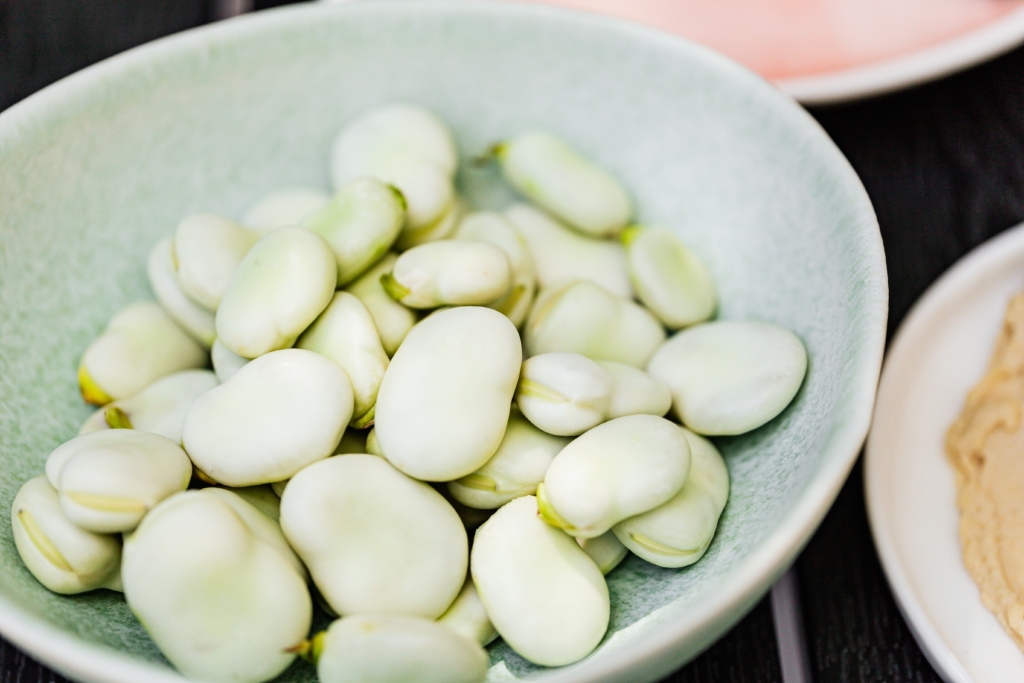Humans have been growing fava beans for thousands of years. Also known as broad beans, fava beans are easy to grow, versatile to cook with, and easy to consume, making them a vital part of kitchens worldwide. Fava beans are also fairly inexpensive, as the plant is very sturdy and can grow in almost any climate.

Fava beans are not only an inexpensive and easy crop to grow, but they are also loaded with nutrients. Fava beans are a great source of fiber, protein and iron, and other beneficial nutrients, which is why they are favored by vegetarians. Given their high nutritional value, however, fava beans are a legume that can fit into nearly any kind of diet.
Fava beans can be processed in a variety of ways. Unprocessed, fresh fava beans have a shiny, green color and are very mild and creamy. Fresh fava beans need to be peeled before using, which can be a time consuming process. Dried fava beans are darker than fresh and are usually a bit firmer, though softer than a chickpea when cooked. Dried fava beans have a long shelf life and you can enjoy them even when the plant is out of season. Fava beans can also be canned or frozen.

Because fava beans are a global ingredient, they can be found in a myriad of dishes. In Egypt, falafel is typically made with fava beans instead of chickpeas. In Vietnam, fava beans are stir fried with rice noodles, shrimp, and other ingredients. In Portugal fava beans are used in favada, a traditional stew made of onions and pork. In Morocco fava beans are transformed into a savory dip known as bessara. All over the world fava beans are enjoyed. Try them out for yourself by enjoying our recipe for Frittedda Siciliana which is packed with fava beans, mint, and artichokes.
Note: Fava beans can trigger a condition called G6PD, which is a hereditary enzymatic deficiency. People who have this condition can develop anemia after eating fava beans. If you consume them and feel any kind of discomfort, get tested for the deficiency.
Feature Image: Chris Reading from Pixabay



